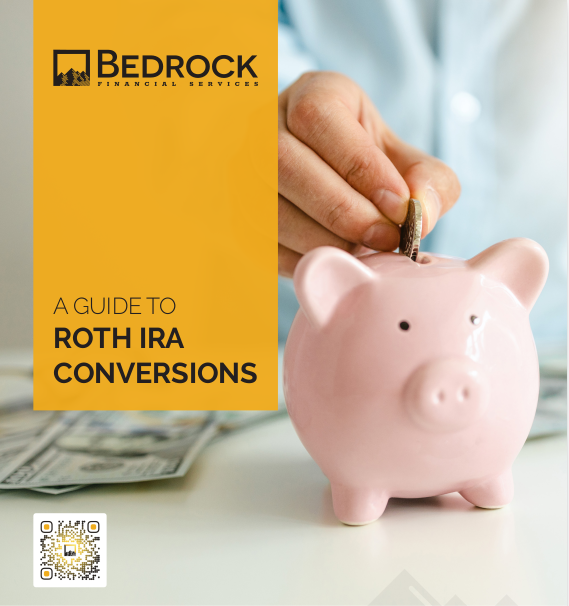Key Takeaways
-
You likely already have impactful testimonials sitting in email threads, survey responses, or casual conversations—you just haven’t extracted them yet.
-
Leveraging testimonials is not just about showcasing praise, but about reinforcing trust, demonstrating outcomes, and influencing prospects’ decision-making.
Why Testimonials Still Matter in 2025
In a market flooded with automation, AI-generated content, and templated pitches, what sets you apart isn’t only your service—it’s how others talk about you. Testimonials carry emotional weight. They provide social proof in a way no chart, ROI projection, or product flyer ever could. And in 2025, where skepticism is at an all-time high, authentic client feedback has become one of the most credible conversion tools available.
But most financial professionals aren’t using testimonials to their full advantage. If you’re only dropping a few kind words on your website’s homepage and calling it a day, you’re leaving trust and conversion power on the table.
Where the Gold Is Hiding: Finding the Testimonials You Forgot You Had
Chances are, you already have great testimonials—you just haven’t categorized or formalized them. Start by doing a sweep across these common hiding places:
Email Threads and Meeting Notes
Clients often thank you casually after solving a problem. These small praises buried in email threads or Zoom chat logs are often the most authentic.
Google Reviews and Social Comments
Even a two-sentence review can be transformed into a polished testimonial with minimal editing. You’re looking for phrases that highlight trust, clarity, or relief.
Post-Appointment Surveys
If you use client satisfaction surveys, these are often goldmines of detailed, specific feedback. Pay close attention to language that focuses on outcomes.
Client Texts and Voicemails
With permission, you can transcribe voice messages or quote text replies that highlight a meaningful experience. These feel more spontaneous and sincere.
Annual Review Conversations
Most clients express gratitude during their annual financial reviews. Keep a document open during those meetings just to jot down phrasing.
What Makes a Testimonial Actually Work
Not all praise is created equal. A testimonial that simply says “Great service!” is flattering but ineffective. To create real influence, testimonials should be specific, relatable, and emotionally resonant. Here’s how to evaluate and shape your testimonials:
-
Specificity beats vagueness: “They helped me retire two years early” is more powerful than “They’re helpful.”
-
Emotion matters: Phrases that reflect a client’s relief, confidence, or peace of mind have more persuasive power than technical praise.
-
Outcomes matter most: Highlighting the result of working with you—clarity, financial growth, security—provides context for your value.
You can often guide clients with prompts like:
-
“What was your biggest concern before working with me—and how do you feel now?”
-
“What’s changed in your life since we started working together?”
Getting Permission and Staying Compliant
In the financial industry, compliance is everything. You can’t simply post anything a client says. Follow these best practices to keep everything above board:
-
Always get written permission before using any client feedback publicly.
-
Use initials or anonymize details when full names aren’t allowed or advisable.
-
Stay factual, not promotional—don’t exaggerate outcomes or make promises.
-
Log all approvals in a simple testimonial release form that your compliance team can access.
Also, remember that in 2025, regulators continue to watch how advisors and agents present testimonials on social media. Avoid mixing exaggerated visual content with client quotes.
How to Format and Place Testimonials for Maximum Impact
A testimonial’s power doesn’t lie only in its words, but in where and how you present it. Testimonials should live where decisions are being made. Here are some strategic placements:
Homepage and Service Pages
Sprinkle relevant testimonials across your service pages. Use the ones that reflect a specific solution you’re describing.
Email Signatures and Follow-Up Messages
Incorporate a short line from a testimonial in your email signature or as a post-meeting follow-up. For example: “I finally feel confident about retirement”—R.L.
Lead Magnets and Reports
Include testimonials in downloadable guides or educational PDFs. Prospects read these when making serious decisions—perfect time for social proof.
Appointment Booking Pages
Place trust statements right next to your scheduling button. They reduce friction and reinforce that others have found success working with you.
Social Media Graphics and Stories
Create simple text-over-background visuals using short testimonial quotes. Avoid cheesy stock photos. Keep it clean, real, and direct.
Proposal or Pitch Decks
Add a “client voices” slide to your presentations. This isn’t just about optics—it directly answers the question: “Why should I trust you with my money?”
Testimonials Aren’t One-and-Done: Rotate and Refresh Regularly
Even glowing feedback gets stale. As your audience evolves, your testimonials should too. Set a reminder every 3–4 months to:
-
Review recent reviews, surveys, or conversations.
-
Retire older testimonials that feel generic or outdated.
-
Replace them with feedback that reflects your current messaging and target audience.
Keep a running spreadsheet of all testimonials, along with tags for topics like “retirement planning,” “TSP strategies,” or “first-time investors.” This will make it easy to match the right testimonial with the right content.
Turning Testimonials into Multi-Use Content
Think of a testimonial not as a standalone quote, but as raw material. Here’s how to turn one good testimonial into five types of content:
-
A carousel post on LinkedIn featuring a quote, then a short explanation of the story behind it.
-
An email subject line: “Why this client said they could finally sleep at night.”
-
A headline on a landing page: “How financial clarity helped her leave a job she hated.”
-
A blog opener: Start a new article with a client quote that introduces the topic.
-
A video testimonial script: Turn written feedback into a short client interview or animated video.
The goal is to keep repackaging social proof into different formats so it shows up in various stages of your prospect’s journey.
Collecting Testimonials Proactively (Without Sounding Awkward)
If asking for a testimonial feels awkward, you’re not alone. But in 2025, there are smoother, more systemized ways to collect feedback:
-
Automated surveys post-appointment with open-ended questions like “What’s one thing you appreciated most about today?”
-
Follow-up emails with testimonial prompts, using a pre-written response template to make it easy.
-
Live interviews during client review calls—just ask if they’re comfortable with you quoting something they said.
-
End-of-project thank-you notes, where you include a testimonial request with a short link to a form.
Your tone should always prioritize gratitude. Instead of “Can I get a testimonial?”, say “Your feedback means a lot to me. Would you be open to sharing a few words I can use to help others like you?”
What to Avoid When Using Testimonials
Misusing testimonials can actually reduce your credibility. Here are a few pitfalls to steer clear of:
-
Overediting the quote to the point that it no longer sounds like a real person.
-
Using only generic praise like “Great experience!” without context.
-
Overloading a page with too many testimonials, which can make them feel less authentic.
-
Reusing the same testimonial everywhere, which starts to feel repetitive and forced.
Authenticity is your edge. Let your clients’ voices stay intact—even if they aren’t perfectly polished. Real words build real trust.
Building Long-Term Trust Through Client Voices
Leveraging testimonials isn’t a one-time marketing task—it’s part of building long-term trust. By treating testimonials as a strategic asset, not just a compliment, you reinforce your value in the eyes of every prospective client.
If you’re ready to create a system for showcasing trust and building better client conversations, we can help. At Bedrock Financial Services, we support financial professionals with marketing tools, automation strategies, and coaching designed to help you scale your practice without losing authenticity. Sign up with us to access resources that turn trust into traction.







